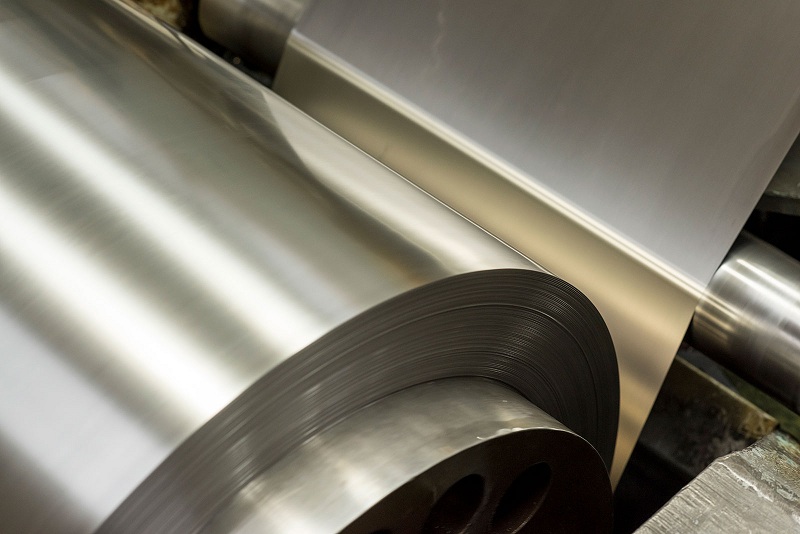
Once the temperature of the metallurgical spare parts changes, it will affect the production conditions of the rolling equipment, thereby driving the thickness of the stainless steel strip to change, its essence is that the temperature difference causes the thickness to shake, and the temperature fluctuation is mainly through the deformation resistance and friction factor of the stainless steel, resulting in the thickness between the stainless steel strip to change.
The tension will affect the stress state, and can change the metal deformation resistance of the stainless steel strip, and further cause the thickness of the stainless steel strip to change. In addition to the thickness of the stainless steel lead and tail, the change in tension will also affect the thickness of other parts of the stainless steel belt. Once the tension is too large, it will not only affect the thickness of the stainless steel belt, but also affect the width of the stainless steel belt. Therefore, during the hot continuous rolling process, manufacturers often use looping to stabilize the tension; Similarly, cold rolling is required during the cold tandem rolling process, because the stainless steel strip will be hardened during processing, which will make the deformation resistance greater.
If it is only to adjust the roll gap of the rolling equipment to change the rolling force, it is difficult to obtain the appropriate reduction rate, so it is necessary to use relatively large inter-frame tension to roll, and large tension is necessary in cold rolling production. By reducing the rolling force, the energy consumption of rolling can be reduced, so that the deviation of the stainless steel belt can be avoided, and the thickness and deformation of the stainless steel belt can be well controlled.

The so-called speed mainly refers to the adjustment of the friction factor, deformation resistance and bearing oil film thickness to change the rolling pressure and the amount of pressure, so as to change the thickness of the stainless steel strip.
In the process of rolling stainless steel strip, because the roll and bearing of the rolling mill parts are affected by thermal expansion, roll gap wear and roll eccentricity, the rolling equipment roll gap will produce high-frequency periodic thickness fluctuations during high-speed rolling process, which directly affects the thickness of the stainless steel strip.
In addition to the above reasons, the fluctuation of incoming material thickness and mechanical properties is also caused by the change of rolling pressure. In addition, the calculation deviation of rolling equipment, the precision of measuring instrument and the design of control system structure and control parameters will also affect the thickness accuracy of stainless steel strip.
Storage and Maintenance of Stainless Steel
2021-08-13What are the design features of modern stainless steel screens?
2022-07-28Is thinner better? Just the right electrical steel thickness in the motor
2023-02-07How will the next generation of motor technology revolutionize materials and architecture?
2024-06-26Main Uses & Application Fields of Stainless Steel Water Tank
2022-08-01Characteristics and selection guide of medium frequency cold rolled non-oriented electrical steel
2023-12-04






